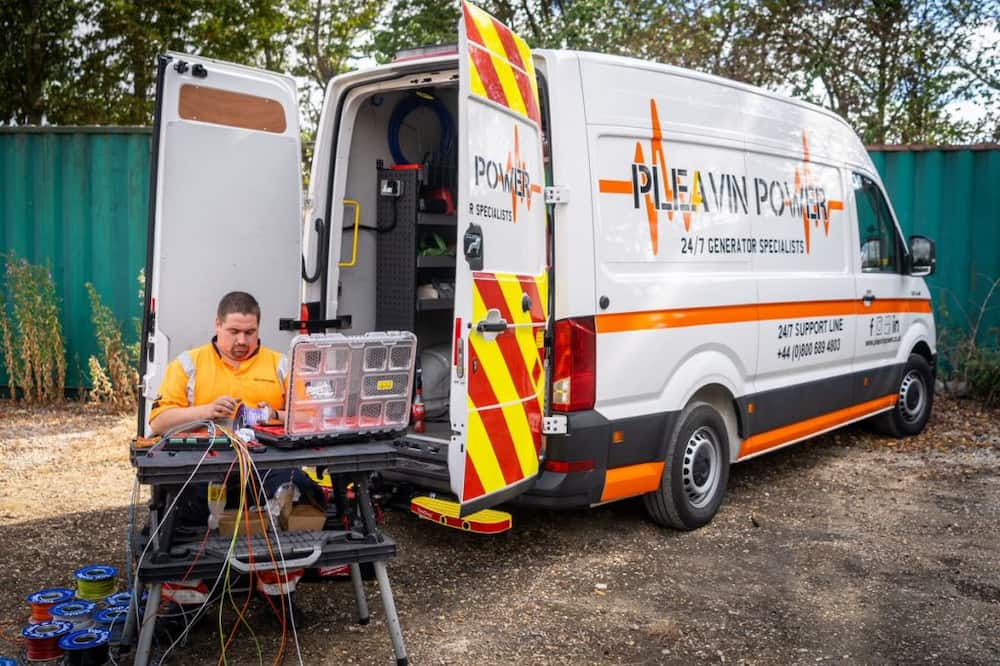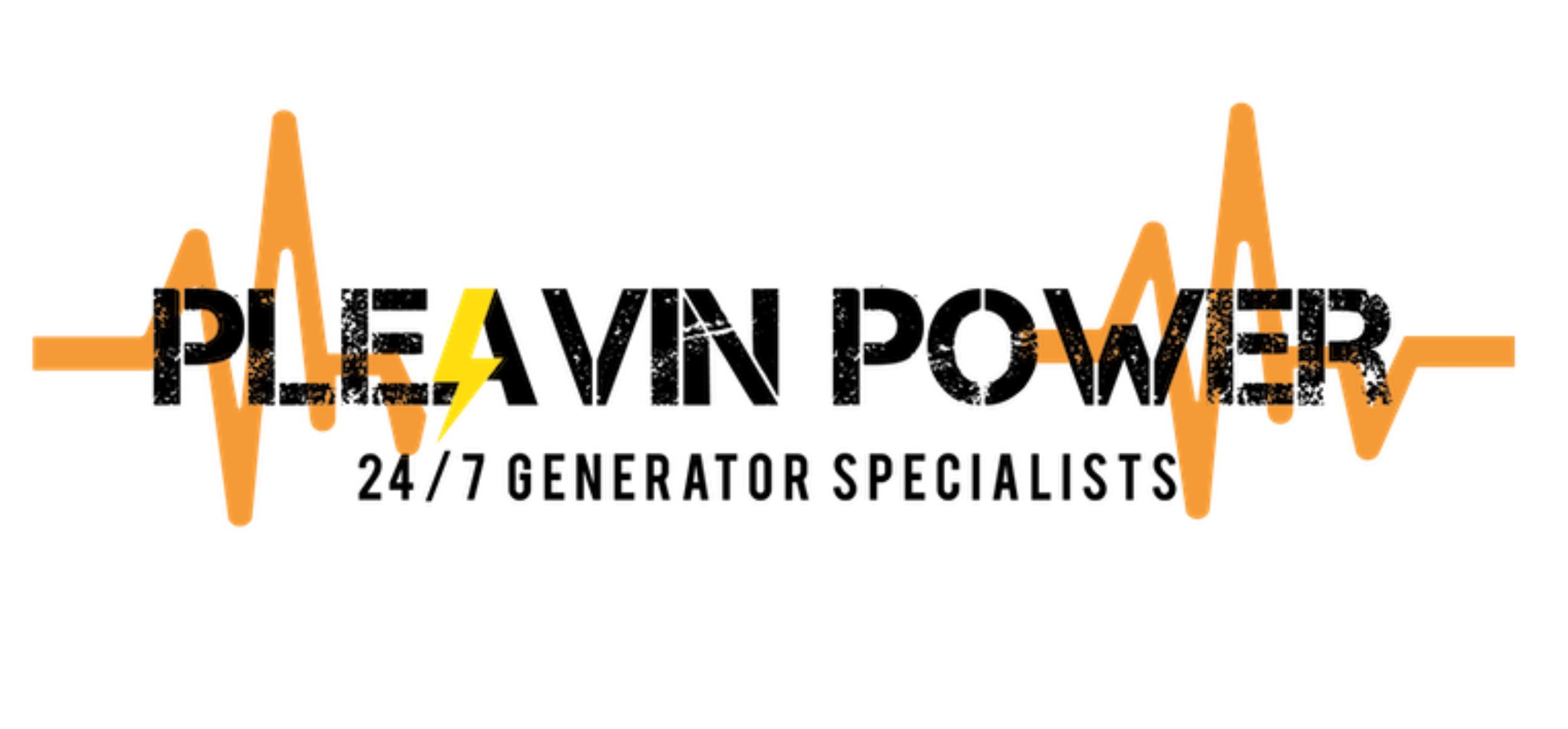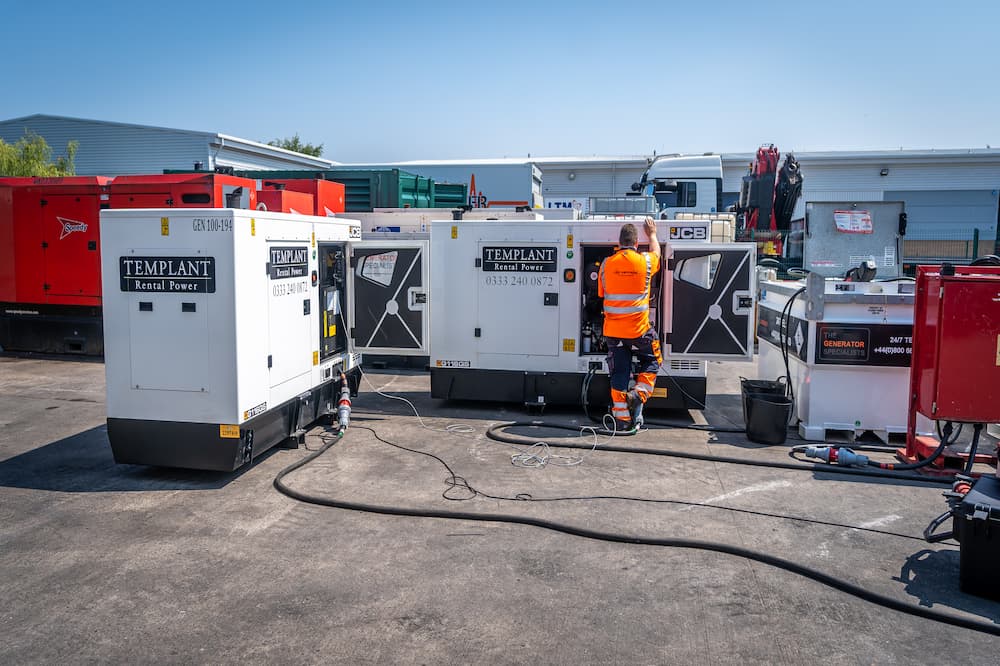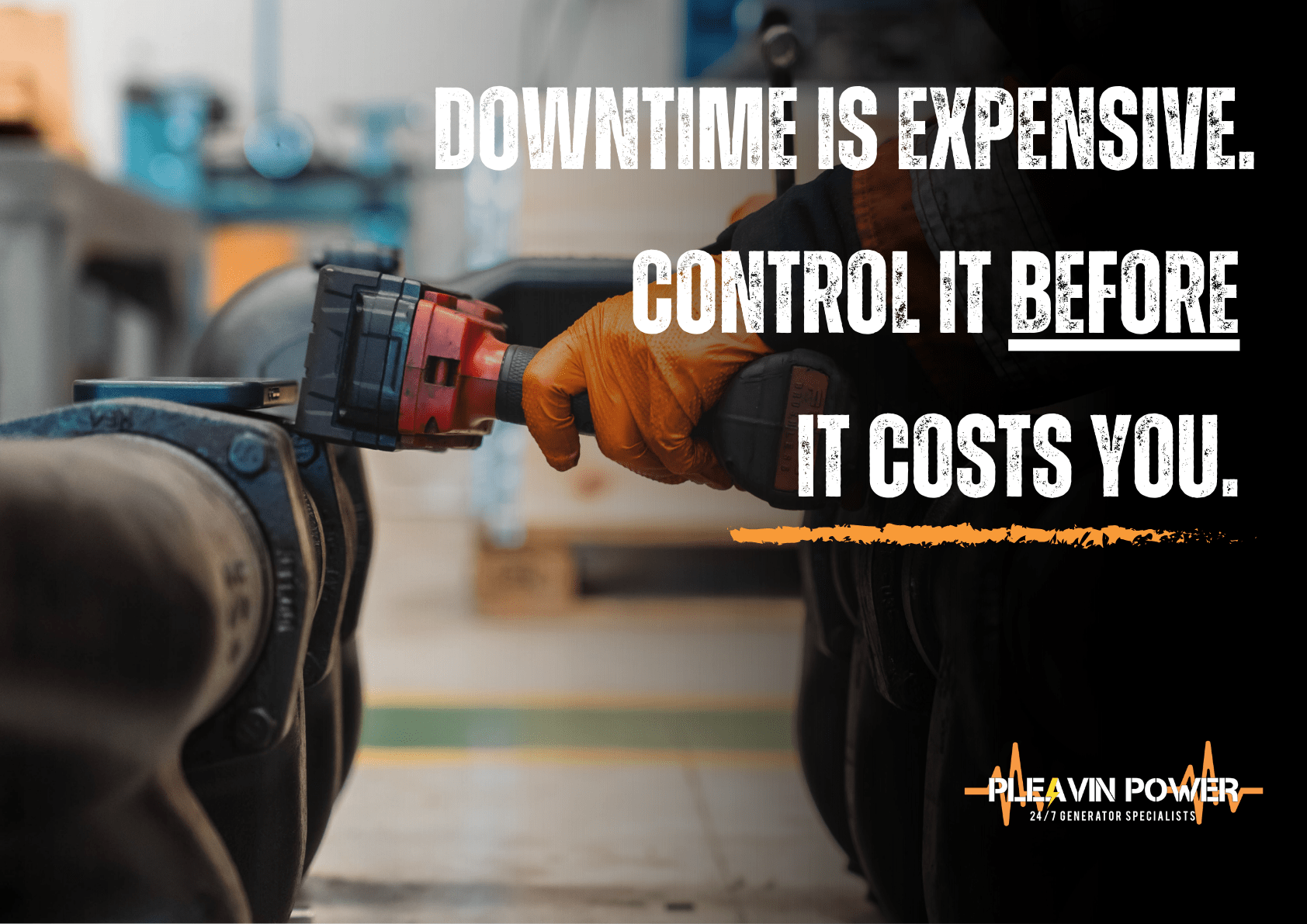If your organisation is looking to buy or hire a generator, you’re going to need to get the right size.
It’s not about getting the biggest or most powerful equipment available, but finding the right fit for your needs.
Go too big and you’ll suffer from wasted energy, poor fuel efficiency and higher costs. Too small, and you won’t have enough power for your needs. There’s even the risk of damage to your equipment or systems, or unexpected failures which could compromise safety, productivity or compliance.
Getting generator sizing right can be difficult if you’re not an expert, as it means getting to grips with a few technical basics, including understanding what kW and kVA are, and the difference between them.
What Does kW Mean in Generator Terms?
kW stands for kilowatt, which is a unit of power. In terms of generators, kW is the actual or real working power the equipment is able to produce. It’s the amount of power that can be converted into a usable output. It can be useful to think of kW as the horsepower of your generator.
You might think that kW is all you need to know when choosing a generator. You can simply calculate the total kW of all the equipment you need to power, and then choose the appropriate generator.
However, this isn’t necessarily the case. There’s quite a lot more to it, which is why it’s always recommended to have an expert carry out a power analysis survey and recommend an appropriate sized generator.
For now, you need to know about two things: kVA and power factor. These, along with kW, will give you a more accurate picture of output capacity.
What Is kVA and How Is It Calculated?

kVA, which stands for kilovolt-amperes, is another measure of power. As for what kVA is in generator terms, it’s an important measure of the ‘apparent’ power of the equipment.
This is how much power is being used in the system overall, taking into account both the real or active power (kW) and reactive power. This is power that doesn’t perform useful work, but is necessary to keep the system stable and maintain voltage levels in inductive equipment such as motors or transformers.
If the generator was 100% efficient, kVA and kW would be the same but no systems are completely efficient in this way.
To calculate kVA, you need to know the power factor of the generator. Most generators have a power factor of 0.8, although this can vary.
Once you know the power factor, you can use the generator’s kW to calculate kVA. It’s a relatively simple formula:
kW ÷ power factor = kVA
For example, if you have a 100 kW load and a power factor of 0.8, the required generator size in kVA would be:
100 ÷ 0.8 =125 kVA
Generally though, generators are rated according to kVA. This is because it represents the total capacity, regardless of how efficiently that power is used.

Power Factor: The Link Between kW and kVA
There’s a very important difference between kW and kVA that you need to understand before choosing your equipment and booking in a generator installation. This is the power factor, a measure of how efficiently electricity is converted into useful output.
It’s usually expressed as a number between 0 and 1 (or as a percentage). A power factor of 1 (or 100%) means all the electrical power is being used efficiently to perform real work, with no energy wasted or simply used to keep the system stable.
In real-world scenarios though, most electrical systems have a power factor of less than 1. This is because hardly any system is completely efficient, especially when inductive loads like motors, compressors or transformers are involved.
These types of loads cause a phase shift between voltage and current, resulting in some power being ‘lost’ in the form of reactive power.
Understanding your system’s power factor is critical when sizing a generator. If the power factor is lower than expected, you may need a generator with a higher kVA rating to deliver the required kW.
Why the Difference Matters for Generator Sizing
Whether researching either permanent or emergency power equipment, there are two important questions to ask: What is the kVA rating of the generator, and what is the power factor?
These two factors determine how much usable power (kW) the generator can actually deliver. Misunderstanding them, or confusing kW with kVA, can mean that you end up with an undersized generator that can’t handle your load, or an oversized one that wastes fuel and increases operating costs.
If unsure, it’s always a good idea to get expert help, starting with an assessment of your site’s power needs.















